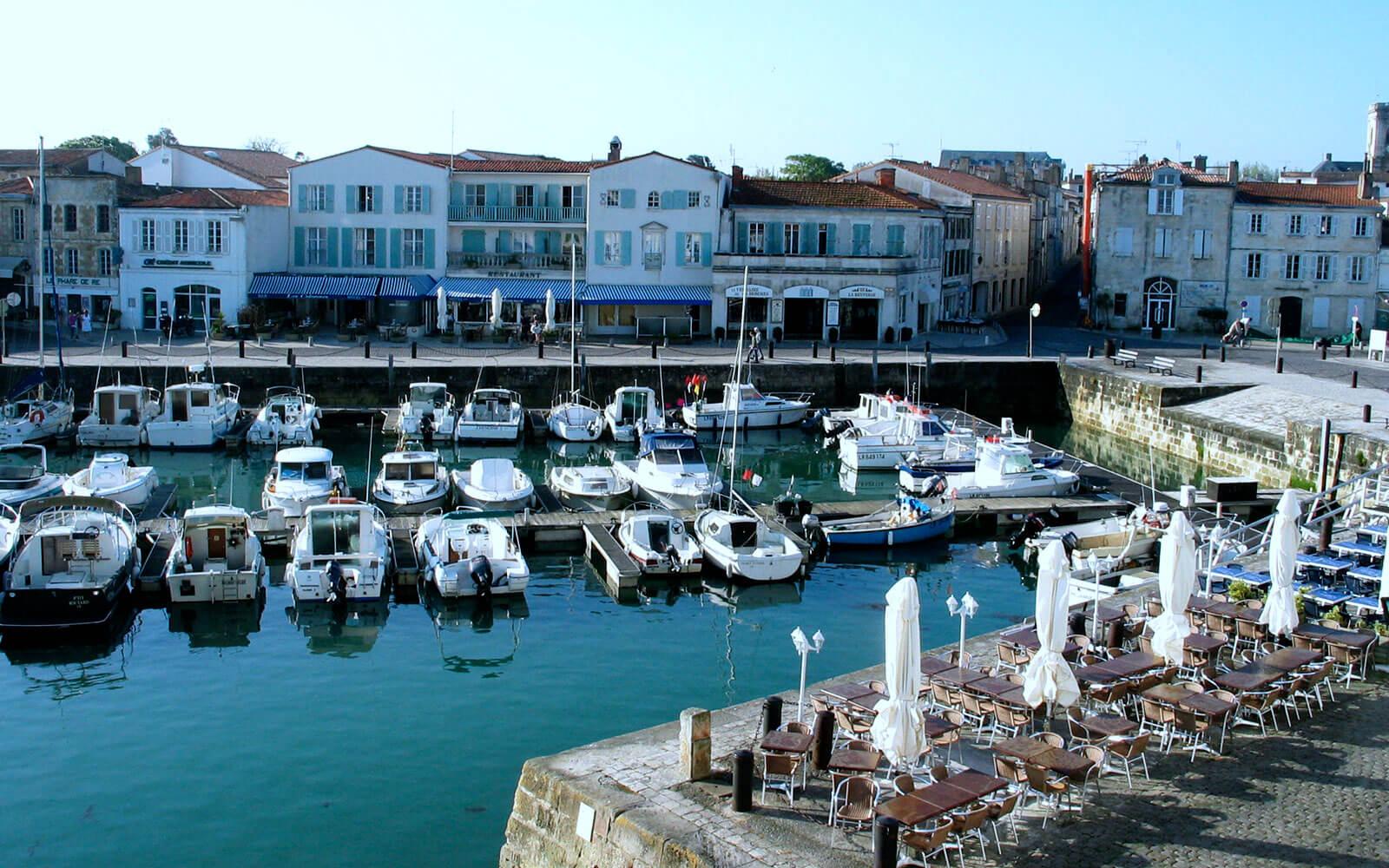Connected to the medieval harbour city of La Rochelle, Île de Ré is a favourite retreat of France’s affluent elite. A strikingly beautiful island with sea views and lush vineyards at every turn, the terrain is forgivingly flat—the perfect place for exploring at a leisurely pace.
During WWII, Île de Ré’s beaches were fortified with bunkers by German forces to block a possible sea invasion. You can still see many of these bunkers in various states of dilapidation throughout the island. Several scenes of the 1962 film about D-Day, The Longest Day, were shot on the island’s beaches.
From a holiday-maker’s point of view, Île de Ré has it all: hot sun, light ocean breezes, refreshingly cool waters and gently sloping sandy beaches. In winter, the local population is around 20,000; that number skyrockets to 220,000 come summer. Cars are rarely used on the island and bicycles are the favoured mode of transportation.
Île de Ré’s reputation as a hot spot for celebrities and high-profile French citizens remains unchanged: visitors to the island include Johnny Depp, European Union-founder Jean Monnet and Lionel Jospin, the former Prime Minister of France. (He retired to the island after withdrawing from political life.) Princess Caroline of Monaco also spent many holidays on Île de Ré.
The island is part of the Charente-Maritime department and is divided into 10 communes, among them, the bustling village of Saint-Martin-de-Ré.


